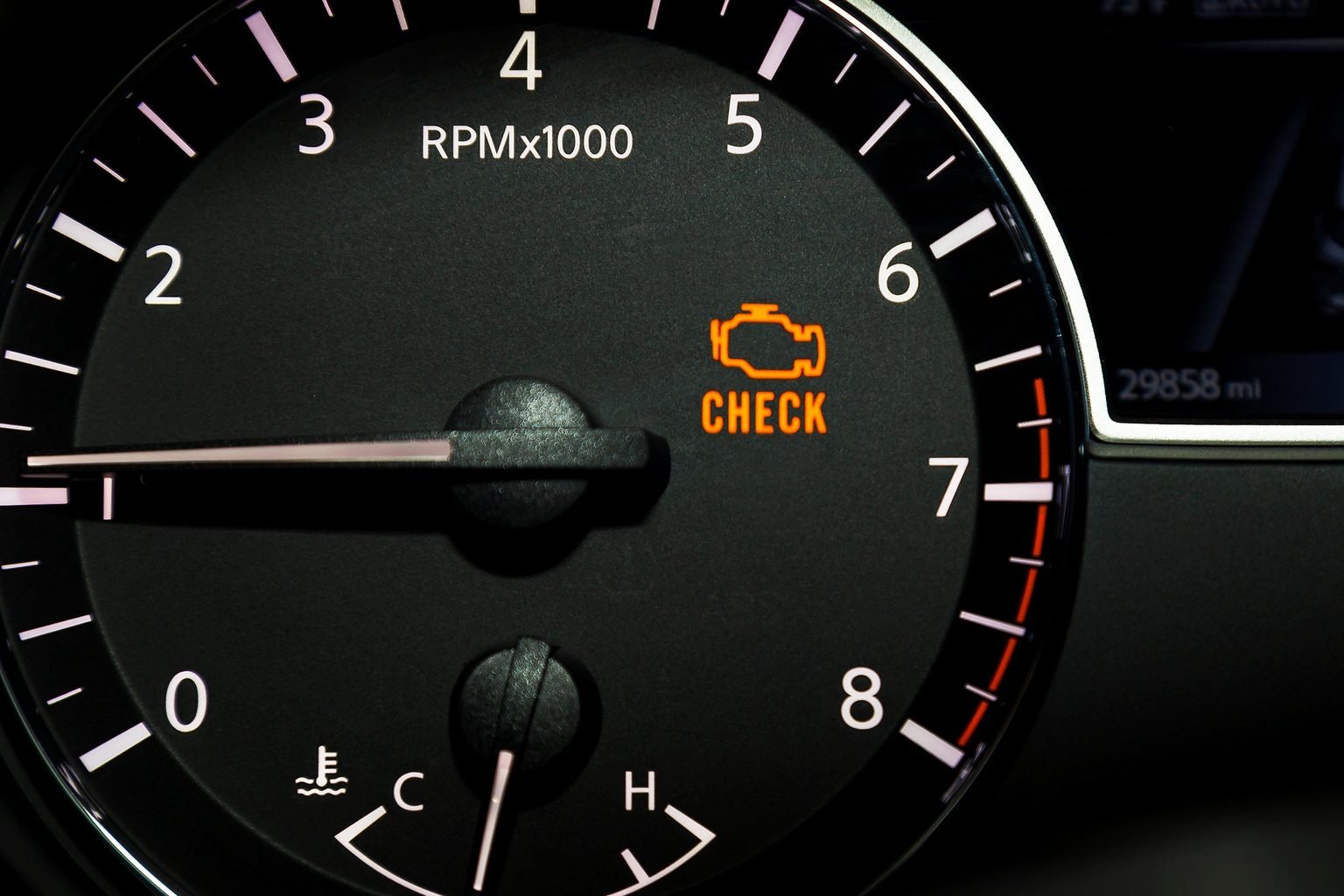

If you’ve ever been driving and suddenly noticed the check engine light (CEL) illuminate on your dashboard, you know how nerve-wracking it can be. But don’t panic! The good news is that the CEL can signal a wide range of issues, some of which are minor and easy to fix. Just a reminder! If the check engine light is blinking, the computer is detecting a misfire. This would mean your vehicle needs immediate attention! If the check engine light is just glowing with no drivability issues, it is okay to drive until you can come in for a service.
At Luke’s Auto Service, our team of automobile experts has the latest diagnostics equipment to quickly and easily determine why your CEL is on and what needs to be done to resolve it.
Here are some of the most common reasons why your check engine light may come on:
- Loose or Faulty Gas Cap: A loose or faulty gas cap can trigger the CEL by disrupting the fuel system’s proper circulation. The valves in the gas tank keep gasoline vapors from escaping by recirculating them. When the gas cap is loose, the fuel system fails to circulate properly. This issue is simple to address.
- Faulty Catalytic Converter: The catalytic converter’s role is to convert carbon monoxide into carbon dioxide, helping to protect the environment. A faulty catalytic converter can impact your car’s performance and increase harmful emissions. However, simply replacing the converter may not solve the issue since the failure is caused by something else such as a blown head gasket. You will need professional assistance to diagnose and solve this problem.
- Worn Spark Plugs: Spark plugs help ignite a mixture of fuel and air to create combustion and power the engine’s cylinders. When spark plugs aren’t firing correctly, an engine misfire can occur, which can increase hydrocarbon emissions and weaken the vehicle’s performance.
- Oxygen O2 Sensor Failure: The Oxygen or O2 sensor measures the amount of unburnt oxygen in a car’s exhaust system. It sends that data to the vehicle’s computer to regulate the mixture of air and fuel entering the cylinders. A faulty O2 sensor can cause the car to burn more fuel than usual and damage other components.
Other potential reasons why your CEL is on include:
- Faulty Mass Airflow Sensor: The Mass Airflow Sensor (MAF) measures air entering the engine and regulates fuel injection. A faulty MAF gives incorrect air readings, reducing fuel efficiency and potentially damaging the engine.
- Malfunctioning Ignition Coils: Ignition coils convert battery voltage into electricity for igniting fuel and air. Failed coils can cause misfires, damaging the catalytic converter and decreasing fuel efficiency.
- Leaking Vacuum Hoses: The vacuum system regulates emissions and assists with power brakes and cruise control. A leak causes the engine to run too lean or too rich, damaging the catalytic converter and other components.
When the check engine light comes on, it’s crucial to address the problem, but there’s no need to panic! Our knowledgeable technicians can promptly diagnose the issue by accessing your car’s Diagnostic Trouble Code to resolve the problem and get your car back on the road!
Reference:
Image:
